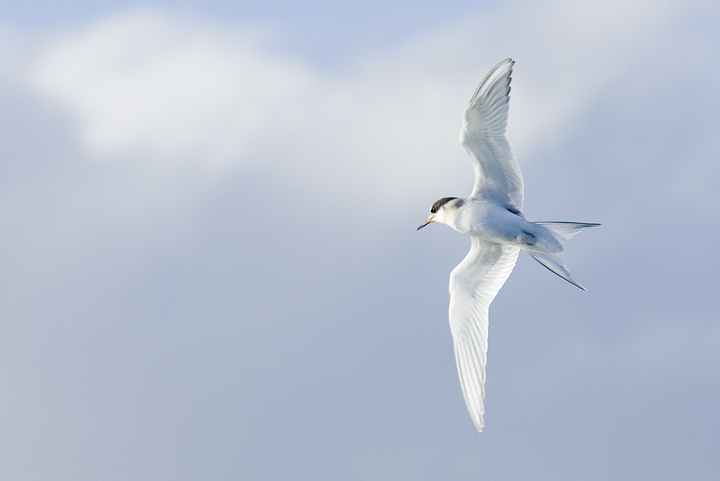Well I learned that birds do have an extra muscle driven ball device which controls their tail feathers. Flying dynosaurs, however, did not! So that's something new!
So did control of tail feathers become a major survival advantage for birds. Perhaps it allowed them to conserve energy by exploiting air currents? Did it allow birds that made sharp finely controlled acrobatic movements to avoid being eaten by flying reptiles or else help them be better hunters?
This is all amazing and makes me realize, once more, how little I know the more I think I know!
Asher
